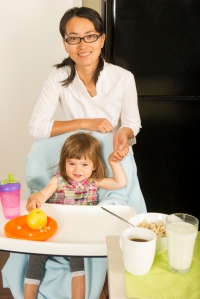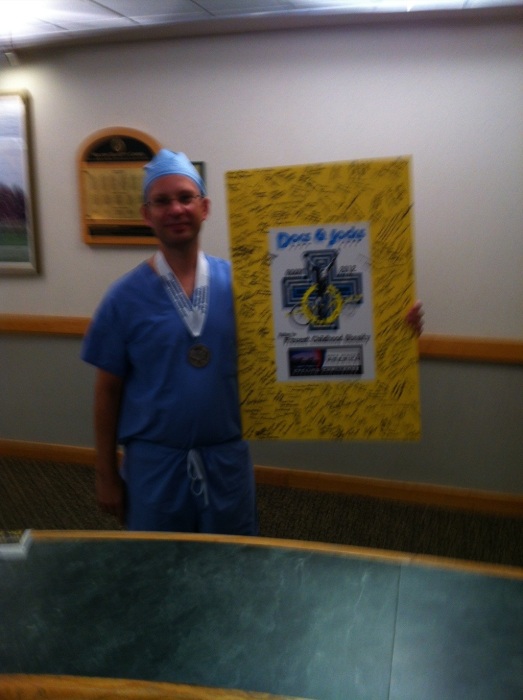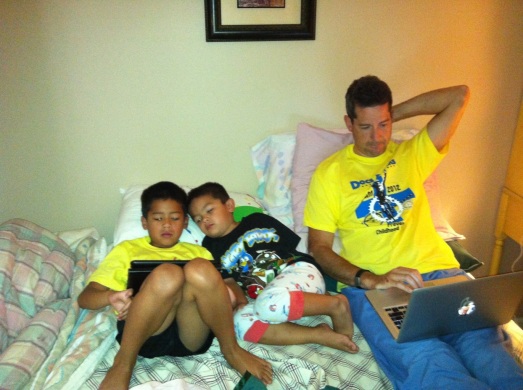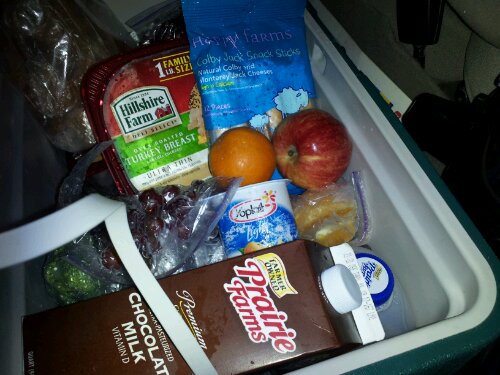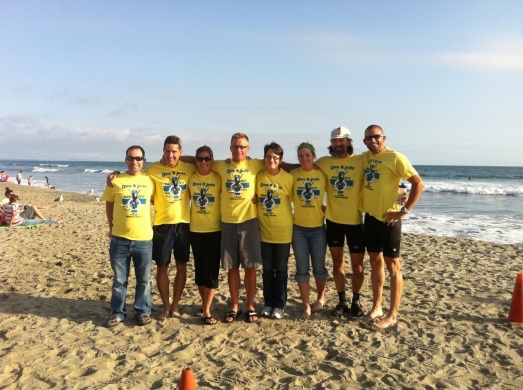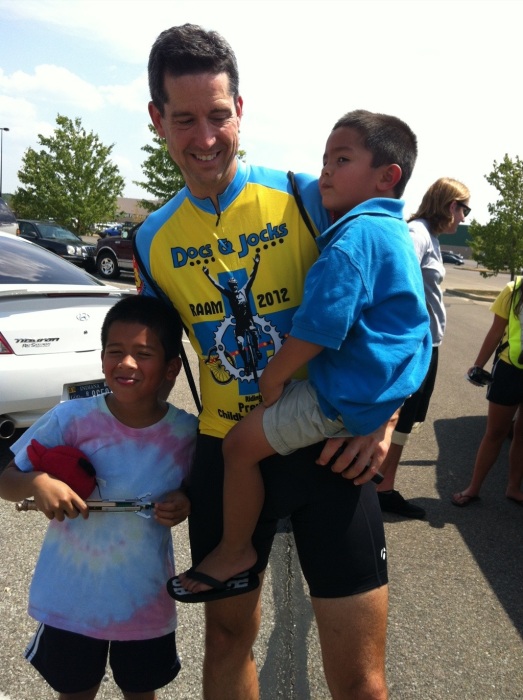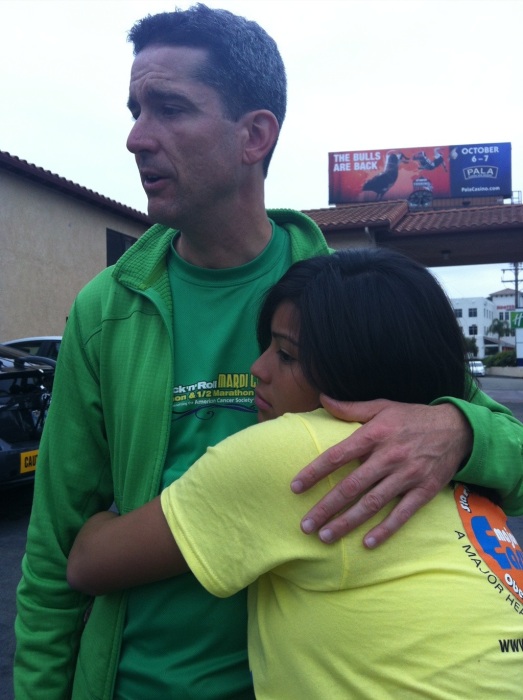Happy 2013! And, as usual, it’s time to make good on that New Year’s resolution. What better resolution is there than to improve or sustain your family’s health? That may seem like a rather overwhelming task, but it doesn’t have to be an all or nothing resolution. As we say at the Major Easy 3 program, “Start small, win big!”
How about starting by just making a resolution to do one simple step: eating meals and snacks at the table. It is one of the Major Easy 3 obesity prevention steps, and although seemingly simple, it can have a HUGE impact.
Sitting at the table for all snacks and meals prevents mindless eating. You know that type of eating where you walk around nibbling snacks, munch on junk food while watching TV, snack while riding in the car, and the like. You can actually eat and not be fully aware if it!
All of these eating behaviors usually lead to non-nutritious food consumption, i.e. empty calories. And it doesn’t take long for those calories to add up to extra weight. Eating food while performing these activities becomes such a habit, that as soon as we start the activity, we begin to feel hungry. You get in your car for a drive and within a short period of time you begin to think of eating because your mind associates eating with riding in the car. You sit down in front of the TV and within a few minutes you are wanting a snack. You may not have even been hungry but you will begin to crave food because “eating in the car or in front of the TV is a habit”.
So, it is time to break the bad habits and start a New Year of good habits. Be a role model for the family. Don’t let your children pick up bad eating habits. Start them off on the right path this New Year by requiring all family members to sit at the kitchen table if they are going to eat. Not only will it reduce non-nutritious food consumption, but it may just be the start of more quality “family time”… and that is certainly healthy!


